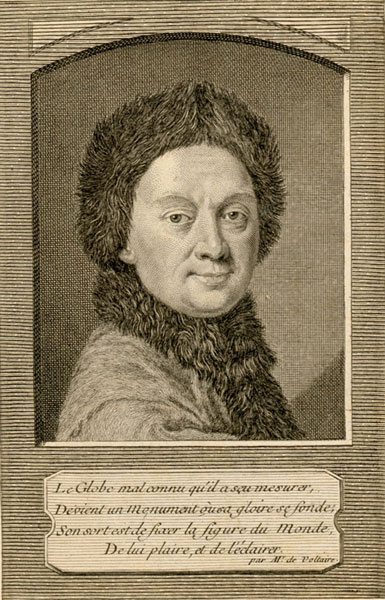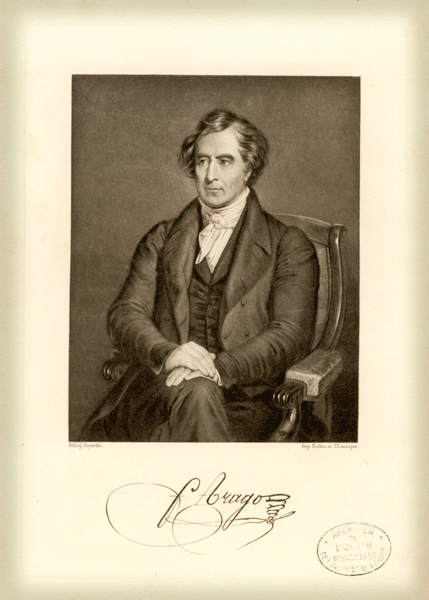History of the Academy
Explore the evolution and impact of the French Academy of sciences since its founding in 1666, and discover how it has shaped the national and international scientific landscape through the centuries.
1666-1699
The first Academy of Sciences
The Academy of Sciences owes its origins both to the circles of scholars that from the early 17th century gathered around a patron or erudite personality, and to the permanent scientific societies that were being formed at the same time, such as the Accademia dei Lincei in Rome (1603), the Royal Society in London (1660).
In 1666, Colbert created an Academy dedicated to the development of science and advising the government in this field. He chose scientists, mathematicians (astronomers, mathematicians and physicists) and physicists (anatomists, botanists, zoologists and chemists) who held their first session on December 22, 1666 in the King's library in Paris.
For its first thirty years, the Academy operates without statutes.
©Colbert presents Louis XIV with the members of the Académie Royale des Sciences created in 1667 - after Charles Le Brun
1699-1793
The Royal Academy of Sciences
On January 20, 1699, Louis XIV gave the Academy its first regulations and placed it under his protection. The Académie royale des sciences has its headquarters in the Louvre. Its members are appointed by the king, after nomination by the Académie. There are 70 of them, plus 80 correspondents.
The organization of the Académie royale des sciences changed several times during the 18th century. In 1785, a class of general physics and a class of natural history and mineralogy were added to the existing 6 (geometry, astronomy, mechanics; anatomy, chemistry, botany).
Through its work and publications, the Academy made an essential contribution to the expansion of scientific activity.
On August 8, 1793, the Convention abolished all academies.
History of science
It was thanks to this mission that Newton's theory was validated, and the prestige of the Académie was enhanced as a leading scientific institution.
Pierre Louis Moreau de Maupertuis
Maupertuis was elected Member of the Académie des Sciences in 1723.
Maupertuis's work on Newton rekindled debates between supporters and opponents of the latter. In 1735, Maupertuis applied himself, in two successive memoirs, to convincing the Académie and the Minister of the Navy of the need for an expedition to the Pole, complementary to that undertaken in Peru by Godin, La Condamine and Bouguer.
On May 2, 1736, at the request of the Académie des Sciences, he left for Lapland. On November 13, 1737, he officially reported on his trip to the Academy, demonstrating that the Earth is flattened at the poles. Nevertheless, the dispute at the Académie remained fierce between Cassini's followers and the Cartesians, on the one hand, and Maupertuis' followers and the Newtonians, on the other. Maupertuis received pledges of his support from Voltaire, while his reputation within the Académie des Sciences waned considerably.
.

portrait of Pierre Louis Moreau de Maupertuis and quotation from Voltaire
1795-1816
The first class of the National Institute of Sciences and Arts
The Constitution of August 22, 1795 and the Law of October 1795 set up a National Institute of Sciences and Arts grouping together the former scientific, literary and artistic academies, which had no organic link between them under the Ancien Régime.
The Institute comprises 3 classes: physical sciences and mathematics, moral and political sciences, literature and fine arts. Members of all classes are appointed by the whole Institute. The physical sciences and mathematics class is the largest (60 members resident in Paris, 60 associates in the departments and 8 foreign associates).
The consular decree of January 1803 reorganized the National Institute: it abolished the moral and political sciences class and subdivided the third class. The classes proceeded to the only elections concerning them, and these had to be submitted to the First Consul for approval. In Class I, the sections are grouped into 2 divisions (division of mathematical sciences with geometry, mechanics, astronomy, geography and navigation, and general physics; division of physical sciences with chemistry, mineralogy, botany, rural economics and veterinary art, anatomy and zoology, medicine and surgery).
A Secrétaire perpétuel is appointed for each of the 2 divisions. The membership is 63 members, 100 correspondents and 8 foreign associates.
The 19th century
Under the Restoration, the ordinance of March 1816 restored the name of Academies to the classes of the Institute, giving them autonomy while maintaining them within the Institut de France. The foundations of the current structure, made up of sections made up of members, correspondents and foreign associates, were laid.
10 places for free academicians, not attached to a section, are created.
In 1835, under the influence of François Arago, the Comptes Rendus des séances de l'Académie des sciences begin to appear, rapidly becoming an instrument of prime importance for disseminating French and foreign scientific work. They are still published today.
François Arago and the Comptes rendus
For most people, the name Arago evokes nothing more than a boulevard. And yet, his impact on the 19th century was decisive. First and foremost, as a scientist. As a young man, Arago transformed astronomy. Then, as an older man, Arago enthusiastically passed on his knowledge to a wider public and revitalized the Académie des Sciences. Finally, as a politician, in his middle age, he signed the abolition of slavery in France and the colonies.

Portrait and autograph letter from Arago to Prony on Fresnel's "very fine memoir" (December 19, 1815)
The twentieth and twenty-first centuries
At the beginning of the twentieth century, the increase in the number of members (78 in 1909, 90 in 1918, 100 in 1964) and foreign associates (12 in 1909, 20 in 1954) was out of all proportion to the growth of the international scientific community.
Faced with the growth of science and its applications on the one hand, and the organization of scientific research in France on the other, the Académie undertook, successively in 1976 (decree of November 15, 1976) and then in the early 2000s (decrees of May 2, 2002 and January 31, 2003), major reforms in its composition and modes of action.
Currently, the number of members aged under 75 can reach 250. At each election, half of the elected members must be under 55. The number of foreign associates is 150. The election of correspondents has been decided. These new statutes enable the Academy to better play its role of reflection, evaluation and proposal on the questions of society posed by the development of science and technology, on the organization and quality of research and science teaching, on the development of international scientific relations, and finally on the influence and dissemination of science to the public.
The research program law (April 18, 2006) completes the provisions by granting the Institut de France and each of the five Academies a great deal of autonomy.